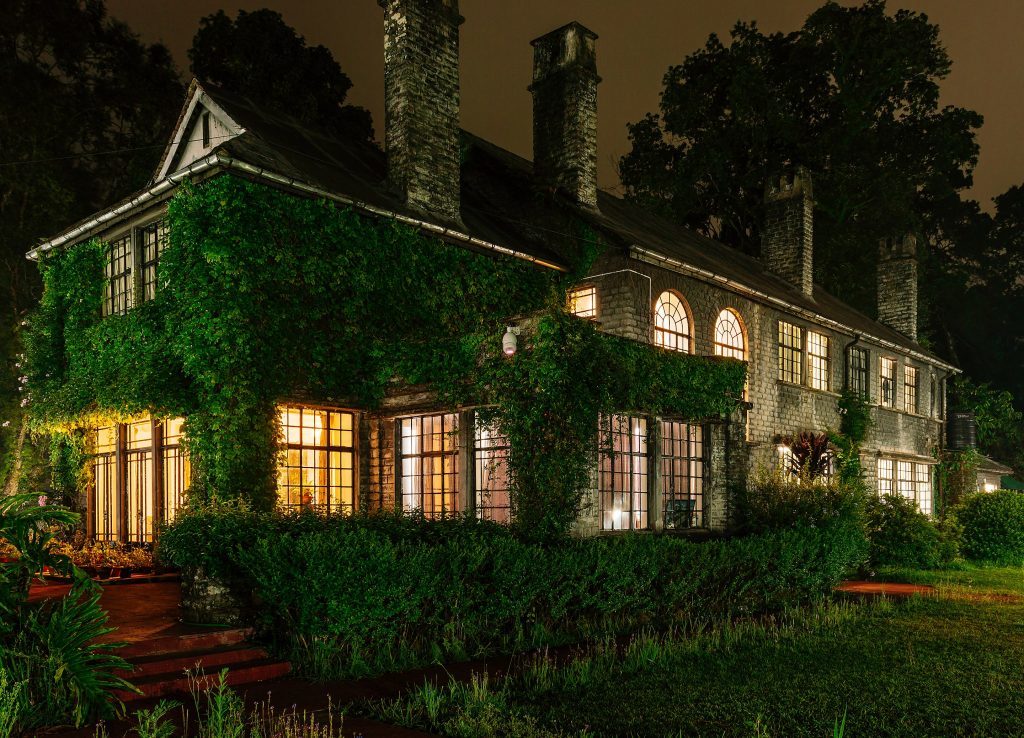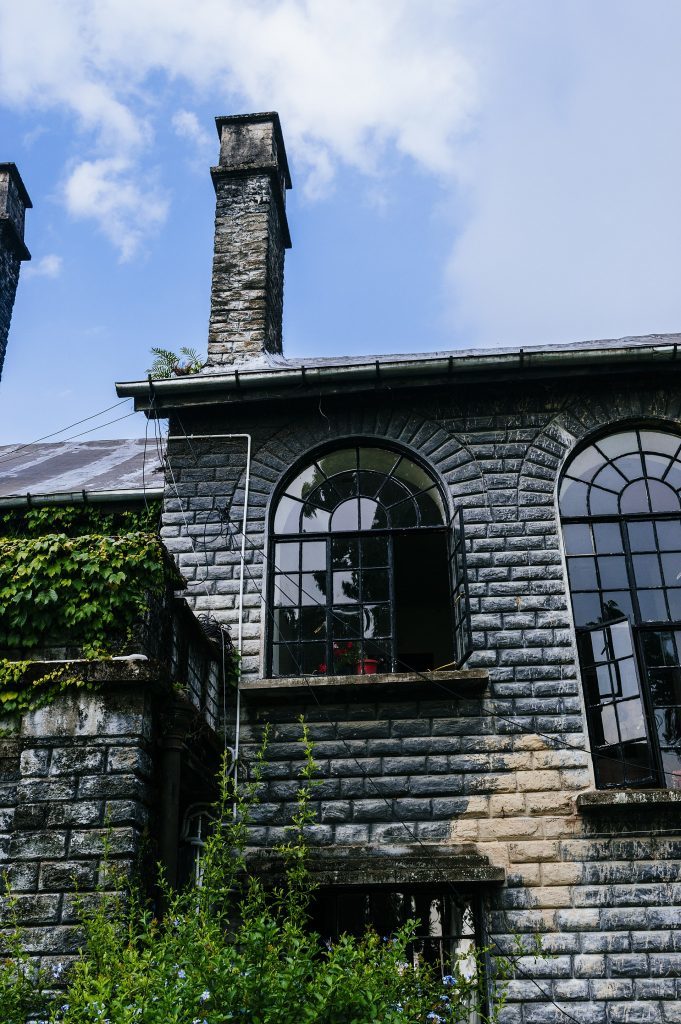Date of Discovery
The mansion was built in the 1930s by an English jute baron – George Morgan.
Name
Morgan House Kalimpong or Morgan House
Physical Description
The mansion is built in a colonial British style. It sits on a 16-acre estate on the Durpindara mountain with views of the Kangchenjunga mountain range, and the valleys of Relli, Labha, Deolo, and Kapher.
Origin
The mansion was built as a summer getaway for the wealthy jute baron and his wife where they held extravagant parties when visiting. It is currently operating as a boutique hotel and is open to tourists.
Mythology and Lore
It is rumored that many tourists in the house have felt a presence while staying there. Further reports include hearing voices when no one was around and the sounds of high heels walking on the wooden floors. These are presumed to be made by the ghost of Lady Morgan haunting the mansion. It is believed that lady Morgan may have died in the house and is unable to let her treasured home go.
Modern Pop-Culture References
Movies
None known
Television Series
None known
Books
None known
Is there anything we missed about The Morgan House? Let us know in the comments section below!

Tritone’s love of horror and mystery began at a young age. Growing up in the 80’s he got to see some of the greatest horror movies play out in the best of venues, the drive-in theater. That’s when his obsession with the genre really began—but it wasn’t just the movies, it was the games, the books, the comics, and the lore behind it all that really ignited his obsession. Tritone is a published author and continues to write and write about horror whenever possible.


